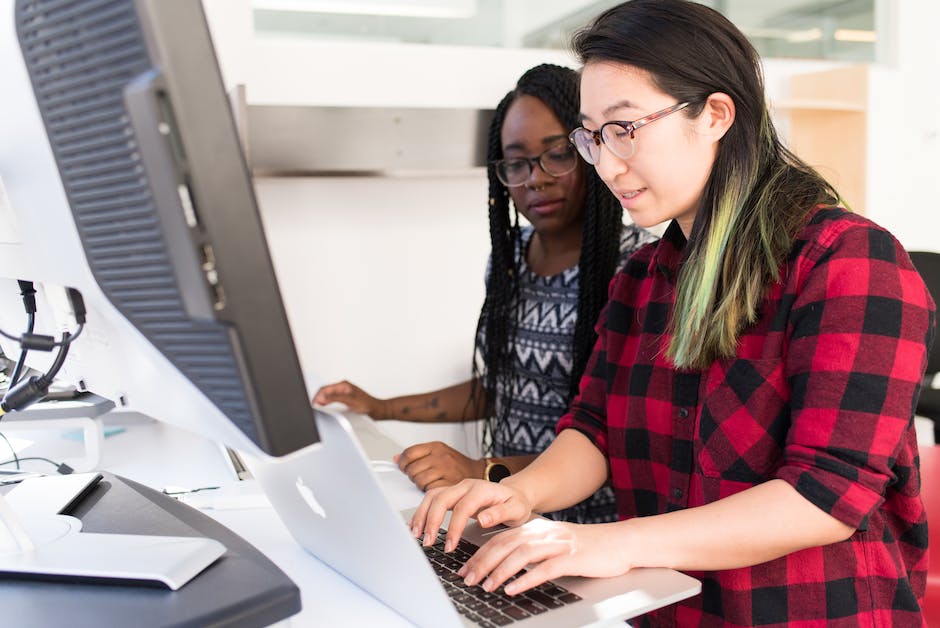Intentional Learning: Setting Learning as a Deliberate Goal

Embark on a journey of self-improvement with Intentional Learning. Discover how setting learning as a deliberate goal can transform your personal and professional life. Unearth the power of purposeful knowledge acquisition and its profound impact on your cognitive abilities.
Intentional Learning: Setting Learning as a Deliberate Goal
Learning that occurs as a result of activities where learning is a deliberate-and often primary-goal for the learner
- An example of intentional learning is when someone who wants to learn a new language reads a book in a language and looks up new words that they encounter, in order to improve their vocabulary
- This is contrasted with a situation where the same learner just picks up words while talking with someone in the target language without attempting to learn new vocabulary
Related Types of Learning
There are several types of learning that relate to intentional learning, beyond incidental learning.
- Autonomous learning is a key related type of learning is autonomous learning
- The concepts of intentional and incidental learning overlap
- Implicit knowledge is believed to be spread out over various regions of the neocortex while explicit knowledge is assumed to reside in a particular area of the brain (the medial temporal lobe, including the hippocampus)
- In addition, the terms “intentional learning” and “incidental learning” are sometimes used with different meanings in different contexts.
Common characteristics of intentional learning
It involves learning as a deliberate and primary goal
- Motivation to learn
- Specific learning goals
- Attempts to improve the learning process
- Analytical engagement with relevant material
- Connecting new and old knowledge
- Reflecting on what, how, and why the learner is learning
How to Promote Intentional Learning in Others
Develop the antecedents of intentional learning.
- Help learners clearly identify their goals and understand how well they want to learn about the concepts they are trying to learn. It can help to encourage people to consider what they do and don’t know and what they are especially curious about or could benefit from learning. It is important to remember that you can combine intentional and incidental learning in a complementary manner.
Difference between intentional and incidental learning
Incidental learning is learning that occurs unintentionally, during activities where learning is not a goal for the learner.
- Learning which occurs as a result of specific training accompanied by instructions to learn is called intentional learning, and is distinguished from it by the absence of any specific training
Both extrinsic and intrinsic triggers for intentional learning
Extrinsic factors come from outside the learner (e.g., a teacher explaining why a certain topic is important)
- While intrinsic factors can sometimes be preferable, you should consider finding ways to promote them where possible
Conclusion
Intentional learning is learning that occurs as a result of activities where learning is a deliberate-and often primary-goal for the learner.
- Compared to unintentional (incidental) learning, intentional learning can sometimes be more effective, efficient, and enjoyable, though there are also situations where incidental learning can be better.
Benefits of intentional learning
Increased effectiveness
- More efficient
- It can be more enjoyable
- There are also situations where intentional learning is less effective, efficient, or enjoyable than incidental learning, so incidental learning is preferable
- Neither type of learning is superior to the other, but one is more effective
How to learn intentionally
The key to engaging in intentional learning is to set learning as a deliberate goal when you engage in some activity
- Encourage the main antecedents of intentional learning
- Clearly identify your goals
- Consider what you do and don’t know, and what you’re especially curious about or could benefit from knowing
- Focus on cognitive goals, such as what you want to learn, rather than on task goals

